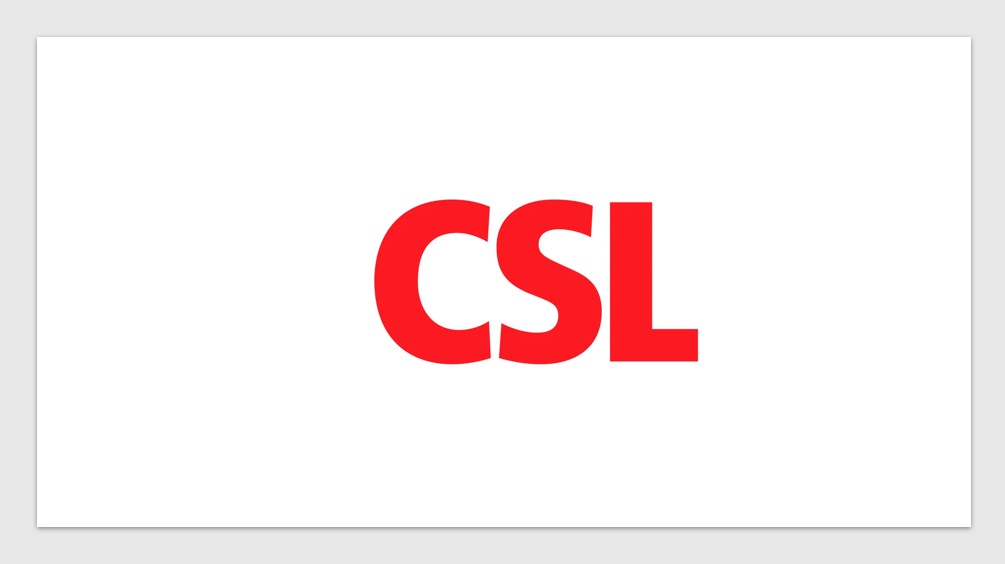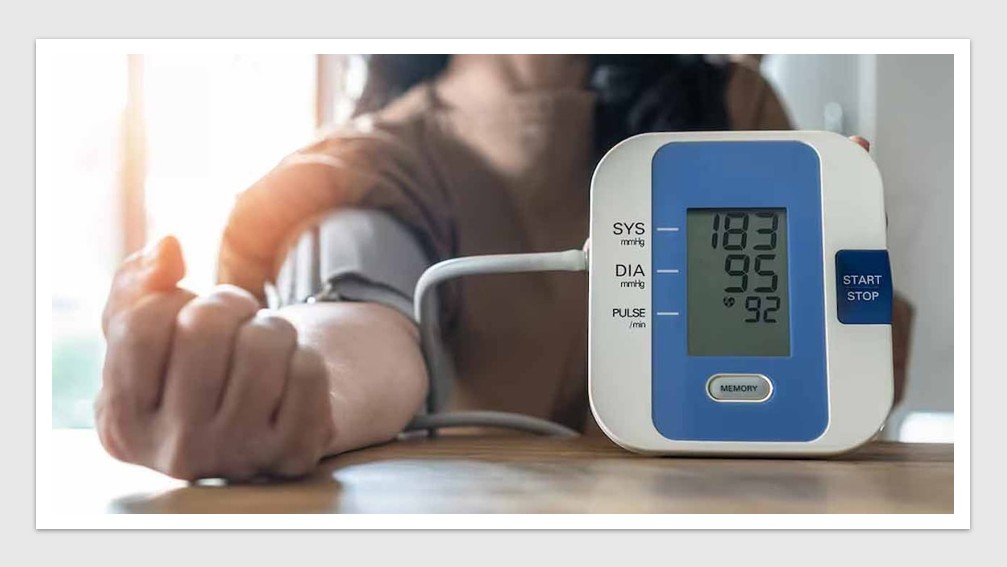News & Trends - MedTech & Diagnostics
Lung cancer screening program faces critical strain

Lung cancer remains Australia’s deadliest cancer, claiming over 9,000 lives annually, but a long-awaited screening program designed to save thousands of lives may face challenges in implementation.
The draft National Lung Cancer Screening Program Guidelines, developed by the University of Melbourne in partnership with the Australian National University, are now open for public consultation until 5 January. The guidelines aim to support healthcare providers in navigating the screening and assessment pathways, yet concerns persist about whether the health system can handle the anticipated surge in demand for radiology, oncology care, and surgeries.
From July 2025, the program will provide free biennial low-dose CT (LDCT) scans for high-risk individuals aged 50 to 70 years with a history of smoking at least 30 pack-years. Fixed and mobile screening infrastructure, including five mobile trucks operated by Heart of Australia, will ensure equitable access for regional and remote communities.
Speaking recently at the Thoracic Oncology Group Australasia (TOGA) annual meeting, radiologist Dr Diane Pascoe estimated that the program’s first year could generate up to 500,000 additional CT scans, adding 227 scans per radiologist, assuming full participation.
However, some private radiologists may opt out due to the Medicare rebate failing to cover the likely $400 cost of specialist interpretation and multidisciplinary team (MDT) involvement. This could leave participating radiologists managing up to 1,000 extra scans annually, which she described as “unrealistic” given existing workloads. Dr Pascoe suggested solutions may lie in leveraging artificial intelligence (AI) and computer-assisted diagnosis (CAD) to manage the increased volume.
The pressure extends beyond radiology. WA respiratory physician Dr Annette McWilliams highlighted that existing lung cancer management services are already under-resourced, with only 39% of patients receiving their first appointment within the target 14 days, 36% achieving diagnosis within 28 days, and just 21% starting treatment within the 42-day target.
“This is a Federal program, but respiratory specialist services are funded by state health departments,” she noted. “In WA, the response has been that we must manage increased demand based on existing resources.”
Melbourne thoracic surgeon Associate Professor Gavin Wright estimated that referrals for lung resections could double over the next five years, from the current 3,000 annually, further straining an already stretched workforce. “
The follow-up care could overwhelm our clinics, but it could also lead to new models of care that we should now be thinking about,” he said. Expanding the thoracic surgery workforce is a challenge, with training taking up to a decade.
Medical oncologists are also bracing for increased workloads. Dr Malinda Itchins pointed out that additional MDT meetings would be required without additional staff. On a positive note, the lung cancer screening program is expected to increase the number of early-stage lung cancer patients eligible for innovative treatments, with over 400 clinical trials currently recruiting in this space.
Only 26% of people with lung cancer survive five years post-diagnosis. Advocacy by Lung Foundation Australia has underscored the program’s life-saving potential, with evidence suggesting early detection could save over 12,000 lives.
While the National Lung Cancer Screening Program offers a transformative opportunity to reduce the toll of the nation’s deadliest cancer, its success hinges on addressing the workforce and resource challenges now laid bare.
![]() In reimagining healthcare across the entire patient journey, Health Industry HubTM is the only one-stop-hub uniting the diversity of the Pharma, MedTech, Diagnostics & Biotech sectors to inspire meaningful change.
In reimagining healthcare across the entire patient journey, Health Industry HubTM is the only one-stop-hub uniting the diversity of the Pharma, MedTech, Diagnostics & Biotech sectors to inspire meaningful change.
The Health Industry HubTM content is copyright protected. Access is available under individual user licenses. Please click here to subscribe and visit T&Cs here.
News & Trends - Biotechnology

CSL reshapes R&D while bracing for U.S. tariffs
Australia’s largest biotech company CSL is streamlining its R&D operations to enhance efficiency amidst a rapidly evolving global landscape. The […]
MoreNews & Trends - MedTech & Diagnostics

Australia joins Medtronic trial in fight against resistant hypertension
Medtronic has launched an international clinical trial across Australia, the United States, and Europe to evaluate the feasibility of multi-organ […]
MoreNews & Trends - MedTech & Diagnostics

Medibank launches pharmacogenetic testing while government stalls on insurance discrimination ban
Medibank has become the first Australian health insurer to pay towards pharmacogenetic testing (PGx) for eligible customers on Extras cover. […]
MoreNews & Trends - Pharmaceuticals

Global pledge shifts visibility and action for patients with advanced breast cancer
Three breast cancer organisations have united internationally to demand that people living with metastatic breast cancer (MBC) are no longer […]
More